Details
ZEISS Milvus 2.8/15
There are no limits to your imagination
With an angle of view of 110 degrees, the super-wide angle is your ideal companion when it comes to capturing events in a vivid and extraordinary way. A removable lens hood and the 95 millimeter filter thread also make it an ideal companion for special applications with additional slide-in filter holders or in underwater housings. The particularly long rotation angle of the focus ring offers outstanding setting accuracy for photography and film.
Technically, the ZEISS Milvus 2.8/15 impresses with outstanding color error correction and prevents color fringing caused by chromatic aberration almost without exception. Two aspherical lenses, special lenses with anomalous partial dispersion and the floating element design guarantee high imaging performance from the near limit to infinity. There are no limits to the imagination.
Design
When image angles reach extreme sizes in SLR systems, the distance between the rear lens and the image plane must be much greater than the focal length - the original field of application of the Distagon type . This sophisticated retrofocus design can also be used with modern highly corrected lenses with longer focal lengths.
Outstanding image results even in difficult lighting situations
All lenses are coated with T*® anti-reflective coating from ZEISS. Optimized stray light reduction takes place through a combination of finely tuned measures. In addition to the ZEISS T* coating, all lens edges are elaborately hand-finished with a deep black special coating. Light traps in mechanical components and specially calculated surfaces are integrated to prevent reflections from occurring in the first place. Each focal length is characterized by an individual optical design with partial use of special glass types with anomalous partial dispersion. This extremely minimizes the tendency to color fringing at high-contrast subject edges.
Future-proof for high-resolution camera systems
Due to their high imaging performance, ZEISS Milvus lenses are especially designed to meet the requirements of current and future high-performance digital cameras. High-contrast images are possible even with increasing dynamic ranges of the sensors (HDR) due to the low level of stray light in the lens. The minimization of aberrations such as coma, astigmatism and spherical aberrations enables consistently high resolution across the entire image field. The optics have the potential to get the most out of even high-resolution systems. No matter what the future holds - with Milvus lenses from ZEISS, you are well equipped.
Creative photography and videography through precise, manual focusing
Operating a lens manually means controlling the image result gently and precisely from your fingertips, and thus consciously shaping it. Ergonomics is everything. The ZEISS Milvus lenses feature a large angle of rotation that enables perfect focusing to the point. The high-quality focusing mechanism is smooth and has no play: this supports creative play with the plane of focus of fast fixed focal lengths. Changes are immediately visible in the viewfinder or display. The engraving in meters and feet as well as the depth-of-field scale provide additional help when focusing manually.
Durable product with environmental protection
Optimized ergonomics ensure the best handling, thereby enabling fatigue-free photography and reducing the risk of camera shake. The all-metal body makes every grip a tactile experience. The dynamic, precise housing design sets new standards in the world of photographic lenses. However, the ZEISS Milvus lenses not only impress with their outstanding housing appearance and feel, but also with their inner values. Special seals for protection against dust and splash water expand the creative possibilities in various shooting areas - so reliable function is guaranteed even under difficult conditions.
Stable imaging performance over the entire focusing range
Modern camera systems with high-resolution digital image sensors demand more and more performance from lenses. The floating element design enables consistently high imaging performance in the focal plane - from the closest focusing distance to infinity. This is achieved by changing the axial distance of individual lenses or lens groups from each other. The adjustment of the lens distance is coupled to the distance setting, so that the correct correction is always achieved. The mechanical design of the ZEISS Milvus lenses is very complex and the processing must be particularly precise - both of which are ZEISS's core disciplines.
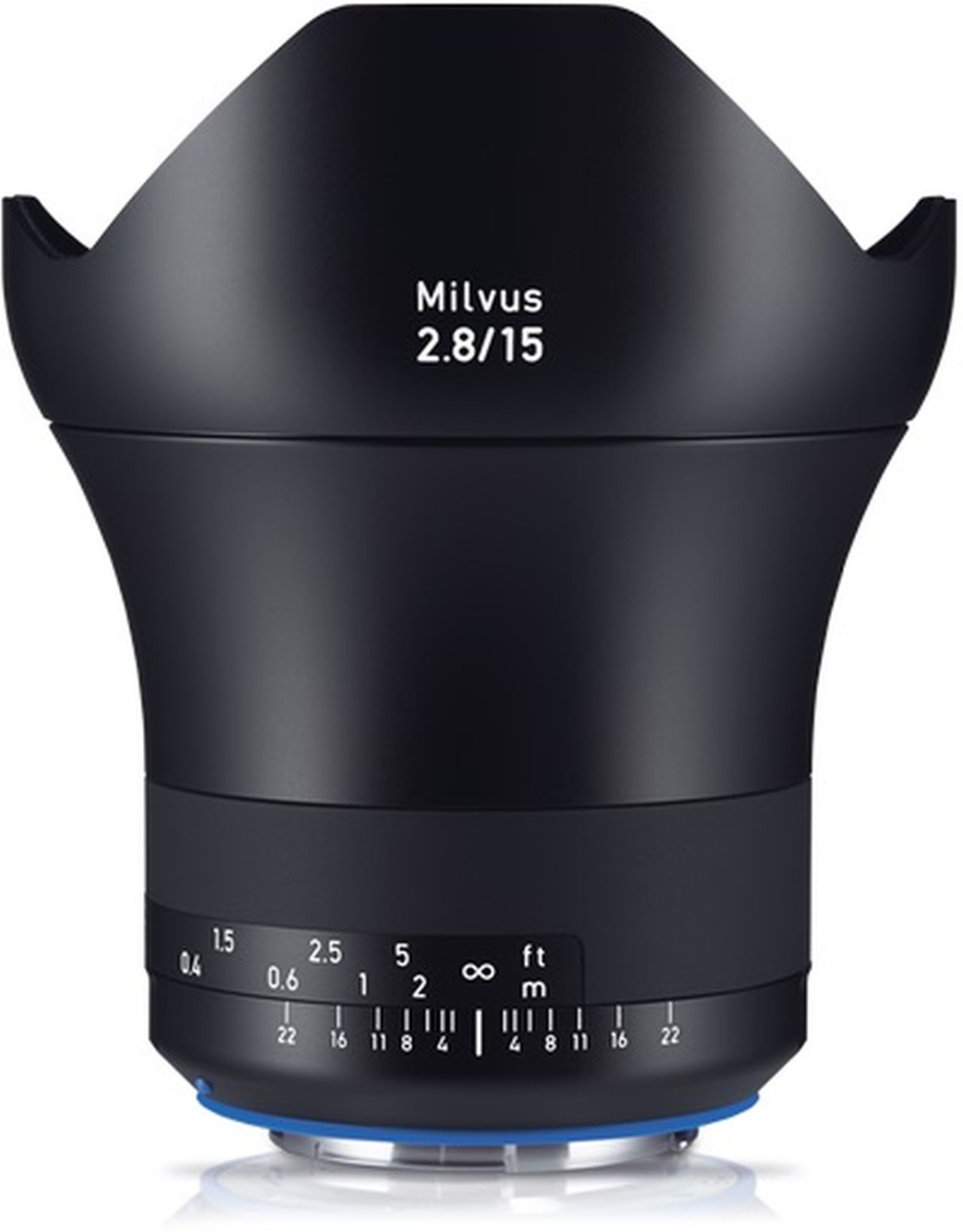
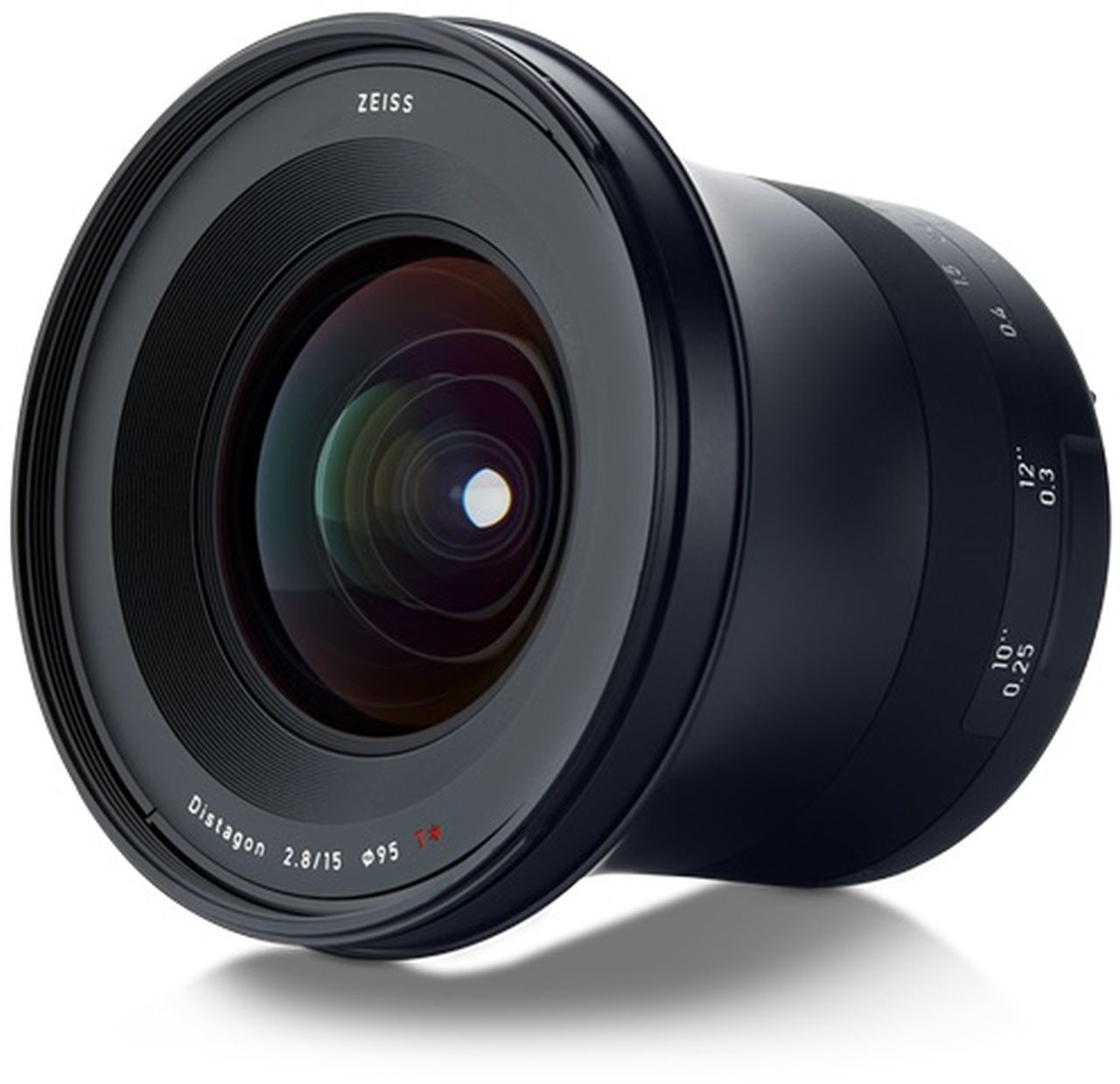
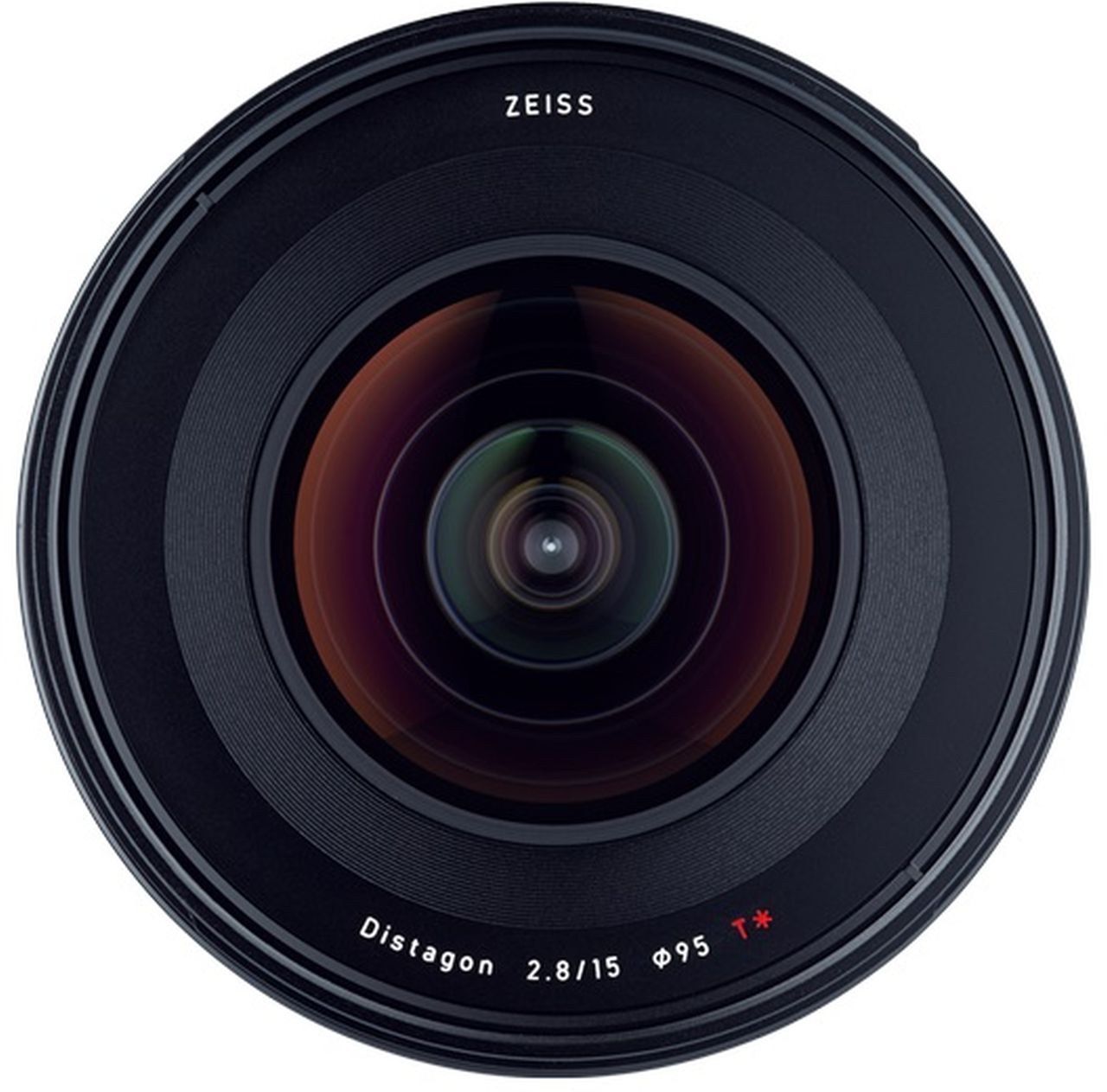
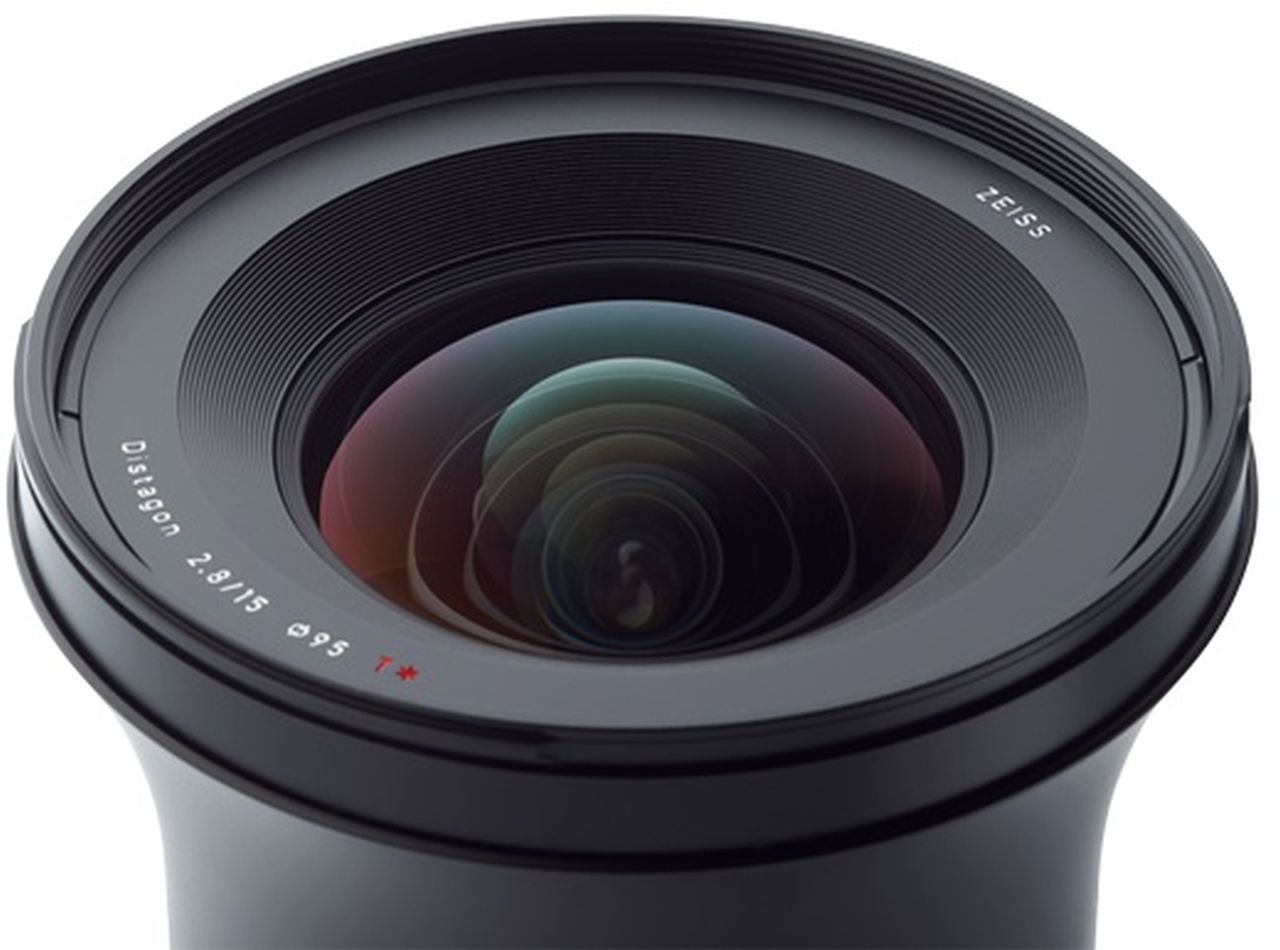
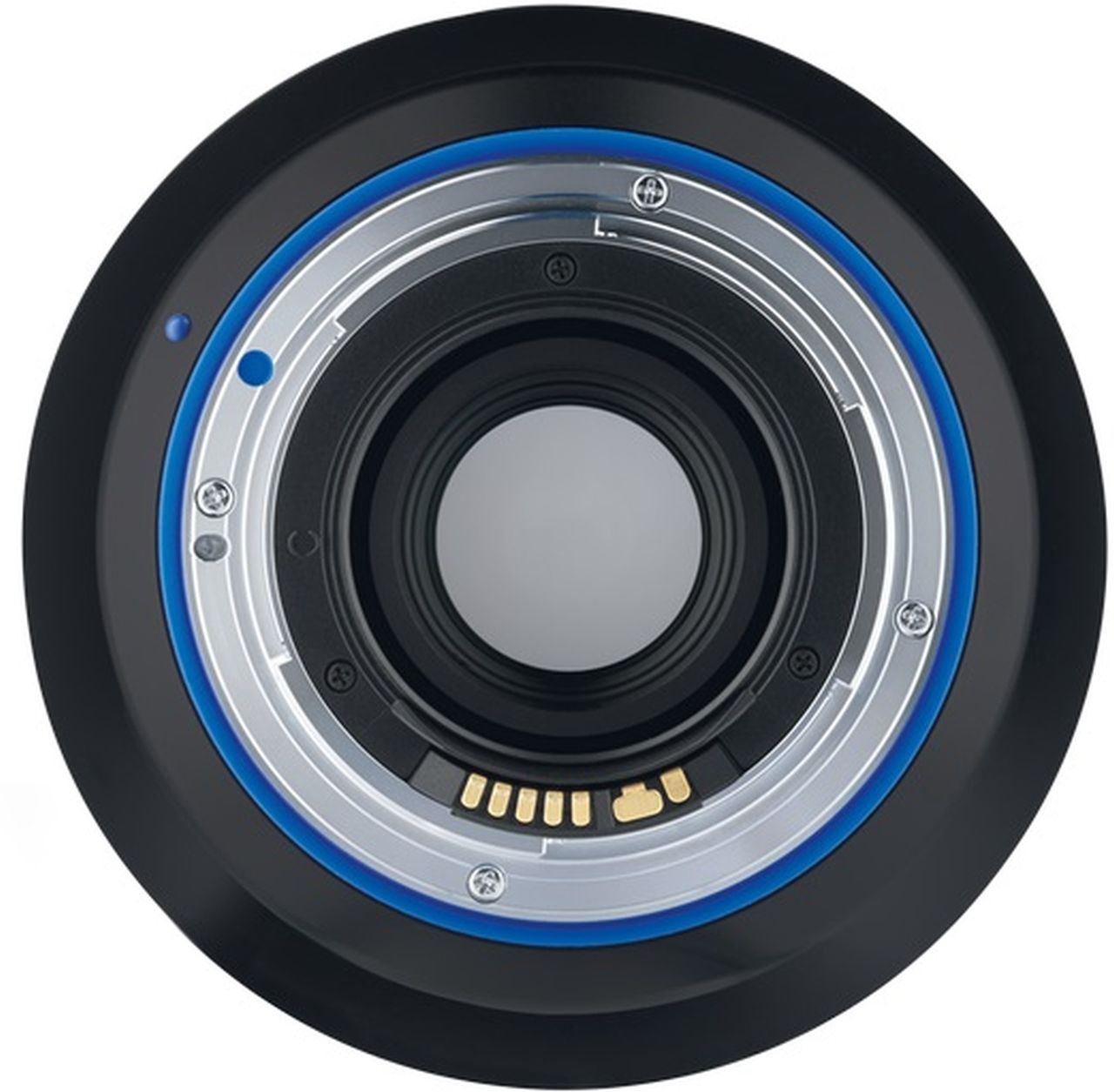
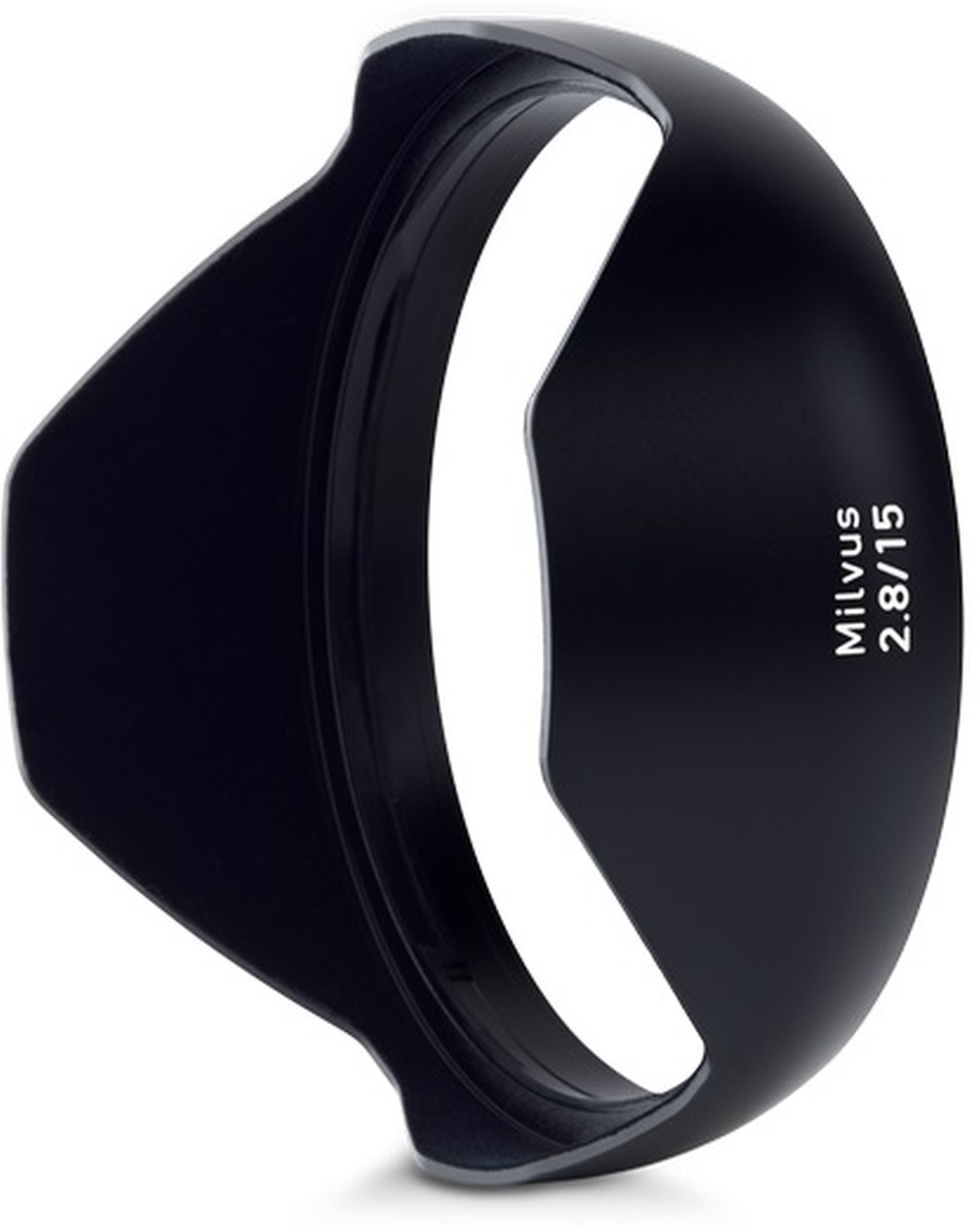
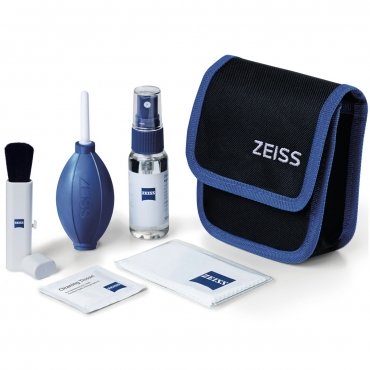
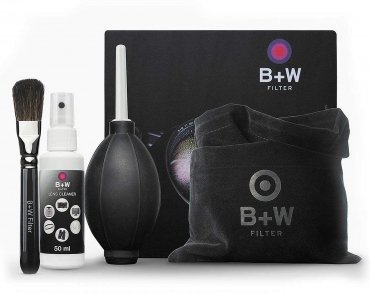

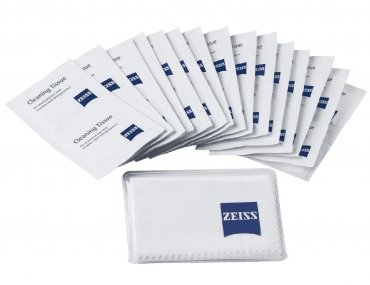
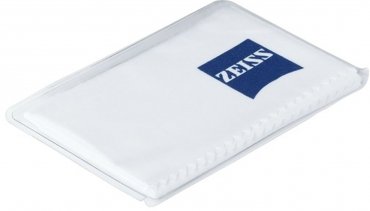


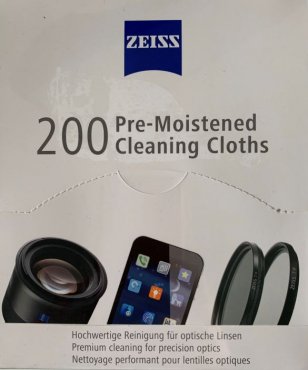



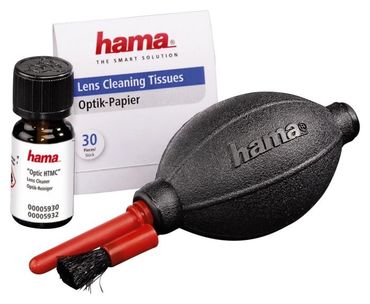
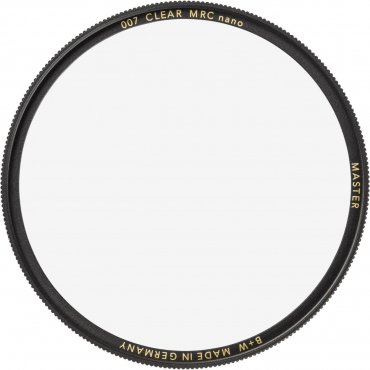

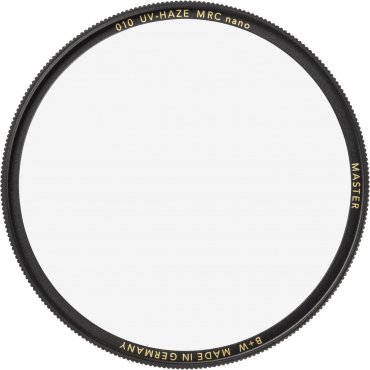
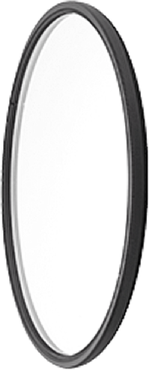
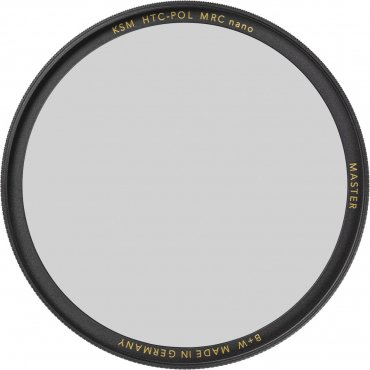
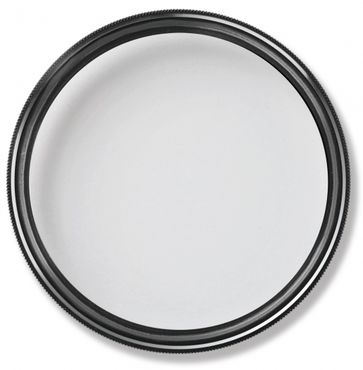
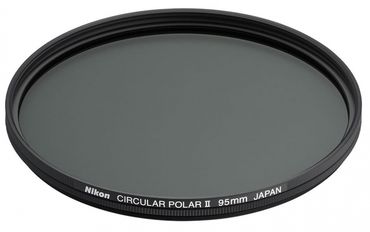
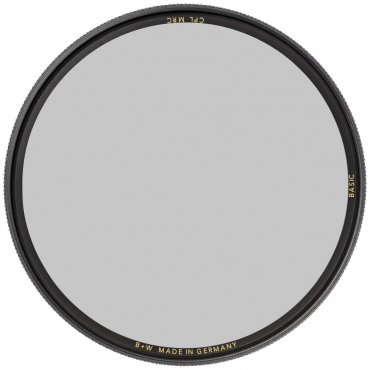
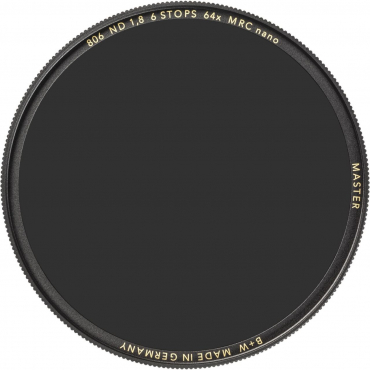
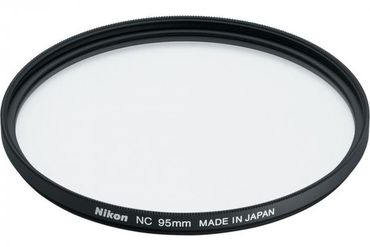
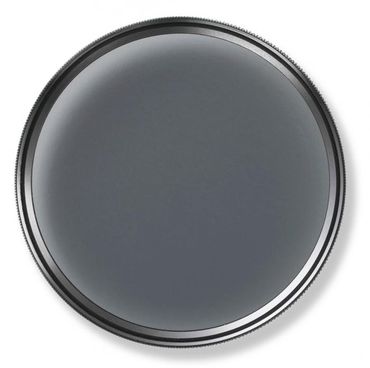


Simply subscribe and benefit as a newsletter recipient every week: